National Honey Board, Women Chefs & Restaurateurs Announce Award Honoring Chef/Beekeeper
The National Honey Board (NHB) and Women Chefs & Restaurateurs (WCR) have collaborated to establish the “Laurey Masterton Golden Amulet Award,” recognizing women entrepreneurs in the foodservice industry. Launching in 2015, the WCR award is a tribute chef and beekeeper Laurey Masterton, beloved WCR member and NHB spokeswoman, who lost a courageous battle with cancer in February.
A trailblazer and entrepreneur, Masterton is widely recognized for helping to establish downtown Asheville, N.C., as a vibrant farm-to-table food scene, starting with the launch of her eponymous “Laurey’s” Café-Catering-Comfort in 1987.

 For those visiting Chicago for this year’s National Restaurant Association Restaurant, Hotel-Motel Show, mouths water and palates yearn for one of the City of Big Shoulders’ culinary claims to fame. And among pies, four take the cake.
For those visiting Chicago for this year’s National Restaurant Association Restaurant, Hotel-Motel Show, mouths water and palates yearn for one of the City of Big Shoulders’ culinary claims to fame. And among pies, four take the cake. The chancellor of Johnson & Wales University tells chefs to follow their passion to achieve success while also becoming agents of change in their industry and careers.
The chancellor of Johnson & Wales University tells chefs to follow their passion to achieve success while also becoming agents of change in their industry and careers.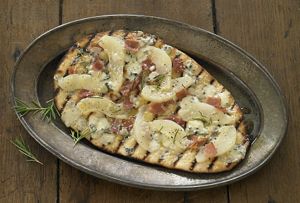 Though not new to the market by any stretch, flatbreads, particularly those that say “global,” are enjoying a revolution. A pastry chef-instructor at Kendall College in Chicago reports on the trend, making the case for need-to-know among culinary-arts and pastry/baking students as they embark on their careers.
Though not new to the market by any stretch, flatbreads, particularly those that say “global,” are enjoying a revolution. A pastry chef-instructor at Kendall College in Chicago reports on the trend, making the case for need-to-know among culinary-arts and pastry/baking students as they embark on their careers. Technomic research reveals significant increased blueberry use across categories, suggests Gen-Y marketing opportunities.
Technomic research reveals significant increased blueberry use across categories, suggests Gen-Y marketing opportunities.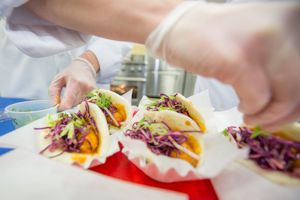 The Research Chefs Association unveiled the latest in culinary arts and food science and technology in Portland, Ore., in March.
The Research Chefs Association unveiled the latest in culinary arts and food science and technology in Portland, Ore., in March.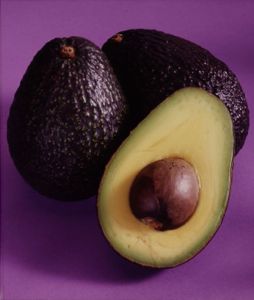 Which good fats to eat and which bad fats to avoid? There’s room for more education.
Which good fats to eat and which bad fats to avoid? There’s room for more education. The challenge of college includes managing multiple demands and a complex schedule, often for the first time as an adult. Something as simple as taking attendance in class can motivate students to not only stay in the course and program, but thrive.
The challenge of college includes managing multiple demands and a complex schedule, often for the first time as an adult. Something as simple as taking attendance in class can motivate students to not only stay in the course and program, but thrive.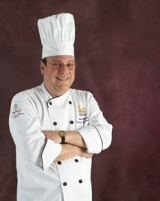
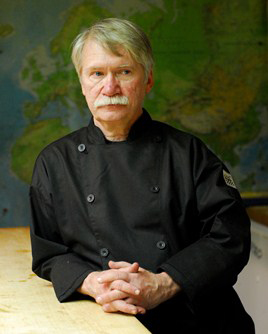 As culinary educators we have a unique opportunity to view student assessment differently—in a way that measures the ability to “demonstrate understanding” vs. the ability to memorize.
As culinary educators we have a unique opportunity to view student assessment differently—in a way that measures the ability to “demonstrate understanding” vs. the ability to memorize.